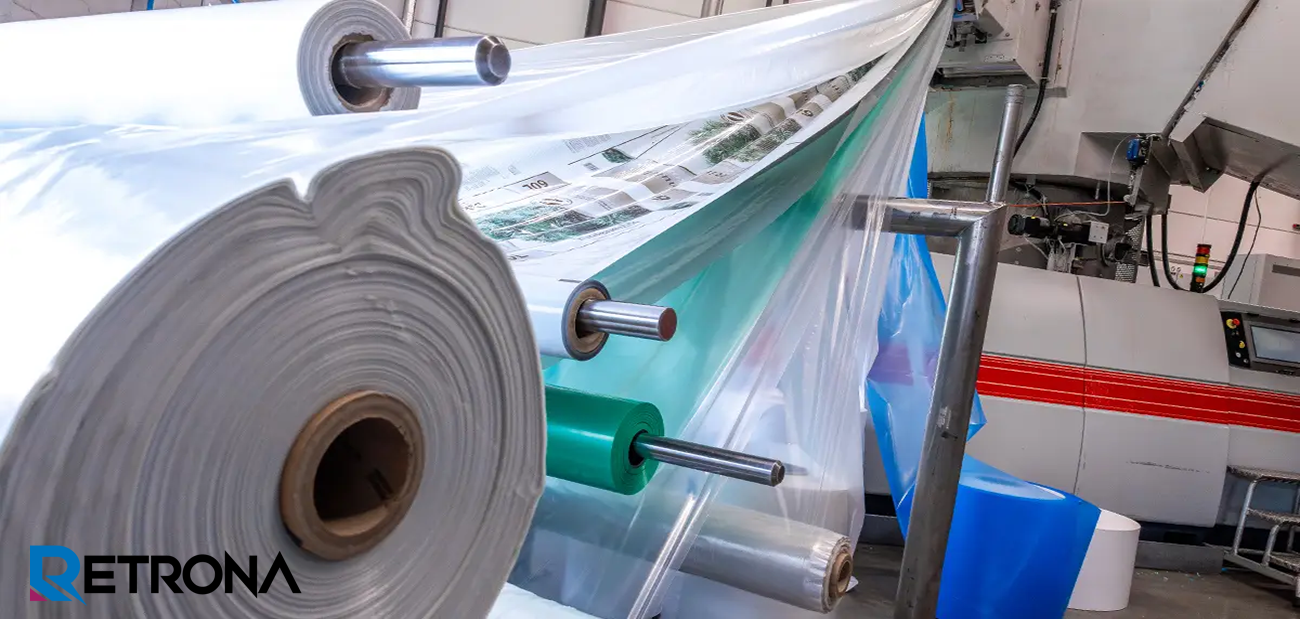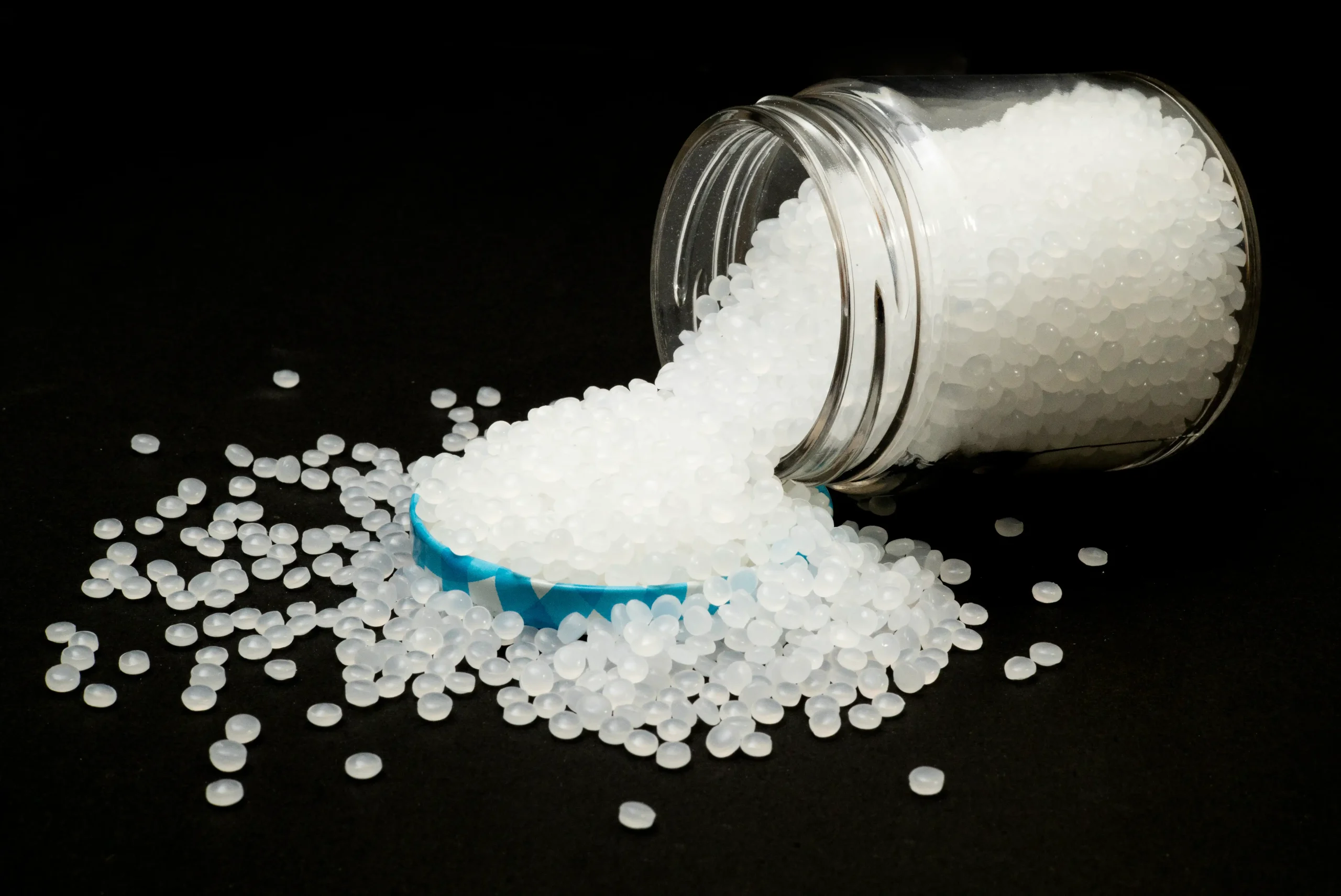Промышленные методы производства ПНД (LDPE): объяснение высоконапорной полимеризации

Low-Density Polyethylene (LDPE) is one of the most widely used plastics in the packaging, construction, and consumer goods industries. Its flexibility, toughness, and chemical resistance make it an essential material for everything from plastic bags to cable coatings. LDPE is primarily produced using a high-pressure free-radical polymerization process, a method developed in the 1930s that is still the backbone of LDPE manufacturing today.
In this guide, we’ll explore how LDPE is produced industrially, focusing on high-pressure polymerization, the reactors used, and why this process dominates the global polyethylene market.
What is LDPE?
Low-Density Polyethylene (LDPE) is a thermoplastic polymer made from ethylene gas. It has:
Density: 0.91–0.93 g/cm³
Structure: Highly branched polymer chains
Melting Point: 105–115°C
Key Properties: Lightweight, flexible, impact-resistant, and chemically inert
The branching in LDPE molecules is a direct result of the high-pressure polymerization process, which reduces crystallinity and makes LDPE softer than HDPE.

Industrial LDPE Production Process
1. Feed Preparation and Compression
Ethylene gas is purified to remove moisture, carbon dioxide, and oxygen. It is then compressed in multiple stages to extremely high pressures (1,000–3,000 bar) using multi-stage compressors.
2. High-Pressure Polymerization
LDPE production relies on free-radical polymerization:
Temperature: 200–300°C
Pressure: 1,000–3,000 bar
Initiators: Organic peroxides or oxygen
Goal: Break ethylene double bonds and form branched polymer chains
Two reactor types are commonly used:
| Feature | Tubular Reactor | Autoclave Reactor |
|---|---|---|
| Design | Narrow tube (1–3 km long) | Large stirred vessel |
| Production Scale | High | Medium |
| Heat Removal | Easy (large surface area) | More challenging |
| Product Quality | Narrow molecular weight distribution | Broader distribution |
3. Separation and Recycling
After polymerization, the mixture contains both LDPE and unreacted ethylene:
LDPE is separated using separators and extruders.
Unreacted ethylene is recycled back into the process to improve efficiency.
4.Pelletizing and Packaging
LDPE is melted, extruded, and cut into pellets for easy transportation. These pellets are then sold to manufacturers for use in film extrusion, injection molding, and blow molding.
Process Summary Table
| Step | Details |
|---|---|
| Feed Preparation | Purification of ethylene gas |
| Compression | Multi-stage compressors to 1,000–3,000 bar |
| Polymerization | High-pressure, free-radical process |
| Reactor Type | Tubular or autoclave |
| Conversion per Pass | 10–30% |
| Product Form | LDPE pellets |
Environmental and Safety Considerations
The high-pressure polymerization process is energy-intensive and requires robust reactor design to ensure safety. Modern LDPE plants focus on:
Recycling unreacted ethylene to reduce waste
Optimizing energy efficiency through improved compressors
Sustainability initiatives to lower carbon emissions
Why High-Pressure Polymerization is Dominant
Proven Technology: Over 80 years of industrial experience
High Output: Capable of large-scale LDPE production
Product Properties: Produces flexible, transparent, and chemically resistant LDPE
Cost-Effectiveness: Despite high energy needs, recycling ethylene improves efficiency

